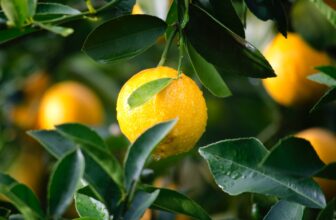
Table of Contents
Forget-me-nots are delicate and striking blue blossoms that are a staple of gardens and landscapes worldwide. They hold rich cultural significance and have been used for centuries in medicine, folklore, and even as a symbol of remembrance.
Forget-me-nots are grown both indoors and outdoors and they bloom all through the growing season. While this is a popular plant, there are some concerns as to whether forget-me-nots are toxic to cats and dogs. Let’s find out.
What are Forget-Me-Nots?
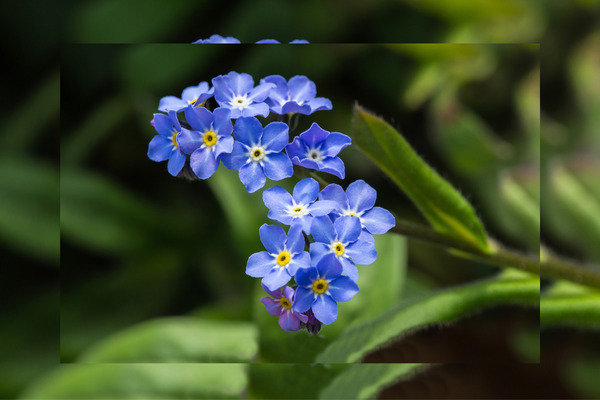
Forget-me-nots are unforgettable because of their old-fashioned, yet charming flowers that people prize for the elegant blue color and beauty that they bring in early spring. These plants grow better in moist soil, cool weather, and indirect light.
The blue flowers of forget-me-nots bloom in spring and have a yellow or white eye at the center. Being edible and used in salad or garnishes, these plants can be grown indoors in pots and containers as well as in bedding around wild gardens outdoors.
Some varieties of forget-me-nots are grown for their medicinal use and some oils extracted from this plant are used to induce sweat. The alpine variety of the forget-me-nots is known for its astringent properties to be used in poultices.
Forget-me-not has been used to treat nose bleeds and lung problems since ancient times. The flowers are boiled in water at times to make a soothing herbal tea. But scientific evidence does not support many of the clinical benefits of forget-me-nots.
Forget-me-nots cannot survive in cold temperatures below -33 F and they die out in drought conditions.
The best conditions to grow these plants are a moist environment and a place with partial sunlight. The blooming time for these beautiful blue flowers is in springtime.
Varieties of Forget-Me-Nots
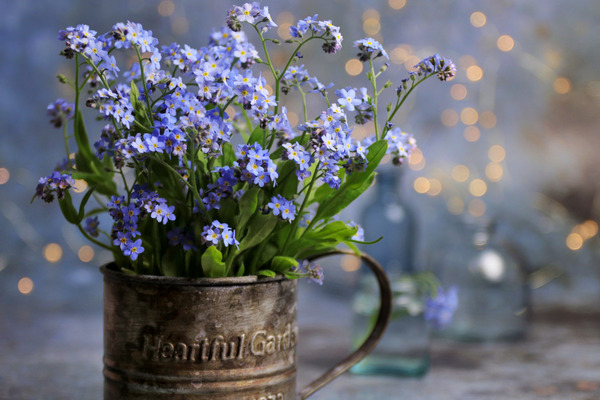
Forget-me-nots are part of the genus Myosotis, which includes over 50 species. Some common varieties include:
- Myosotis alpestris (Alpine forget-me-not)
- Myosotis arvensis (Field forget-me-not)
- Myosotis sylvatica (Woodland forget-me-not)
- Myosotis scorpioides (Water forget-me-not)
- Myosotis discolor (Changing forget-me-not)
- Myosotis laxa (Tufted forget-me-not)
- Myosotis palustris (Marsh forget-me-not)
- Myosotis stricta (Small forget-me-not)
Are Forget-Me-Nots Toxic to Cats and Dogs?
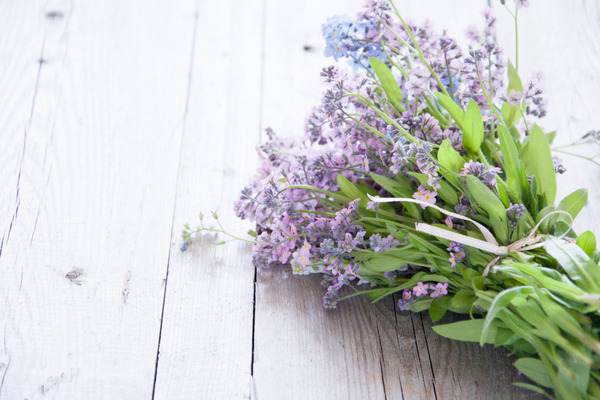
Forget-me-nots are non-toxic to pets, including cats and dogs. This means that if your pet ingests the plant, it is unlikely to cause any significant harm or toxicity. While this is good news, it’s always important to monitor your pets closely and seek veterinary attention if they display any symptoms of illness or discomfort after meeting forget-me-nots or any other plants for that matter.
Some varieties of forget-me-nots are considered mildly toxic, but most of the types are pet safe. For instance, the Chinese forget-me-nots or the hound’s tongue is considered poisonous, but of very low severity. Only when ingested in large amounts does it prove dangerous for pets.
Symptoms of Forget-Me-Not Toxicity

As previously mentioned, forget-me-nots are generally considered non-toxic to pets, including cats and dogs. However, in rare cases, ingestion of the plant can cause mild gastrointestinal upset. The symptoms of forget-me-not toxicity in cats and dogs may include:
- Vomiting: This is one of the most common symptoms of plant toxicity in pets. If your cat or dog has ingested forget-me-nots, they may vomit or have dry heaves.
- Diarrhea: Pets may also experience diarrhea, which can be mild to severe depending on the amount of plant material ingested.
- Loss of appetite: Forget-me-not toxicity may cause your pet to lose its appetite or become lethargic.
- Drooling: Excessive drooling is another possible symptom of forget-me-not toxicity in pets.
- Mouth irritation: If your pet chews on the plant, it may experience mouth irritation, redness, or swelling.
- Skin irritation: In some cases, pets may develop skin irritation or rashes after coming into contact with the plant.
Forget-Me-Not Toxicity – What to Do
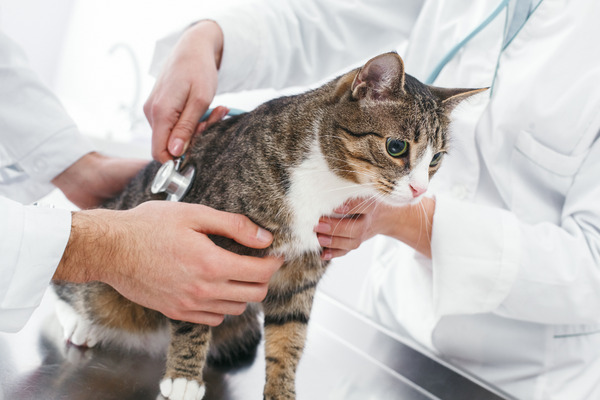
If your cat or dog shows signs of forget-me-not poisoning, it’s important to take action right away. Here are the steps you should follow:
- Remove your pet from the area: If you suspect that your pet has ingested forget-me-nots, remove them from the area immediately to prevent further exposure.
- Check for other toxic plants: Look around your home or yard to see if there are any other plants that your pet may have ingested. Some common toxic plants for pets include lilies, azaleas, and daffodils.
- Contact your veterinarian: Call your veterinarian or a pet poison control center right away. They can provide advice on what to do next and may recommend bringing your pet in for evaluation.
- Monitor your pet: Keep an eye on your pet’s symptoms and behavior. If they become more severe or if you notice any other unusual symptoms, contact your veterinarian immediately.
- Follow your veterinarian’s instructions: Your veterinarian may recommend inducing vomiting, administering activated charcoal, or providing supportive care such as IV fluids. It’s important to follow their instructions carefully and closely.
Remember that prevention is key when it comes to plant toxicity in pets. Keep potentially toxic plants out of reach, and monitor your pets closely when they are outside. If you’re unsure about the safety of a plant, consult with a veterinarian or pet poison control center before bringing it into your home.
Which Plants are Toxic for Cats and Dogs?
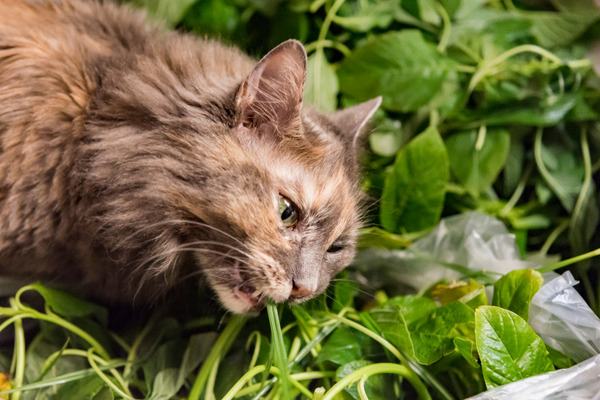
Here are 10 common houseplants that are toxic for cats and dogs:
- Lilies: Innocent and beautiful lilies are one of the most toxic plants for cats and dogs. Lily toxicity is so severe that kidney failure and even death can occur from ingesting even a tiny bit of the plant or licking just a bit of pollen from the flower.
- Oleander: This outdoor plant, but sometimes grown indoors, can cause diarrhea, drooling, neurological signs, abdominal pain, and abnormal heart rhythm due to the presence of cardiac glycosides.
- Philodendron: Containing calcium oxalate crystals in high amounts, philodendron ingestion results in vomiting, excessive drooling, and mouth burns.
- Aloe Vera: Aloe Vera has beauty and medicinal properties for humans, but for pets, aloe vera ingestion leads to diarrhea, lethargy, and vomiting.
- Chrysanthemum: The bright fall flowers are mildly toxic for pets and can result in vomiting and incoordination if ingested.
- Daffodil: Don’t go for the beauty of the yellow and white flowers, as they can trigger serious diarrhea, vomiting, convulsions, abdominal pain, and abnormal heart rhythm.
- Hyacinth: The roots and bulbs of this plant are the most toxic, the ingestion of which can result in excessive drooling, severe vomiting, burns to the mouth, and diarrhea. Ingesting tulips also results in similar symptoms.
- Asparagus Fern: Eating the berries of asparagus fern causes diarrhea, vomiting, and abdominal pain, while rubbing against the plant results in skin irritation.
- Jade Plant: If a pet chews the succulent jade plant, then it causes depression, loss of balance, and vomiting.
- Sago Palm: Severe liver failure and even death can result from ingesting these leafy green plants due to the presence of a severely toxic chemical called cycasin.
Which Plants and Flowers are Pet-Safe?
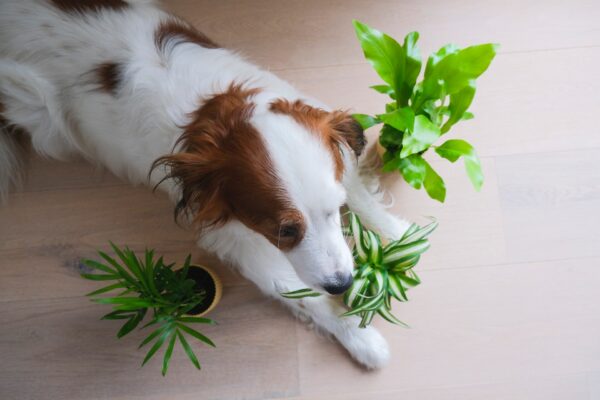
Here is a list of some common houseplants that are safe for cats and dogs:
- Wax Flower
- Air Plants
- Roses
- Statice
- Snapdragon
- Sunflowers
- American Rubber Plant
- Alstroemeria
- Parlor Palm
- Liatris
- Ponytail Palm
- Impatiens
- Money Tree
- Asters
- Spider Plant
- Orchid
- Bird’s Nest Fern
- Boston Fern
- Freesia
- Gerber Daisies
- Rhapis Palm
The Take-Away
Many houseplants are toxic for cats and dogs, but the good thing is that the pretty forget-me-nots are not on this list. It’s still better to keep your pets away from any kind of houseplants as ingesting non-toxic plants can even result in stomach upset and distress.
Keep your plants and your pets away from one another’s space. This way you can have healthy pets as well as green and beautiful houseplants.






